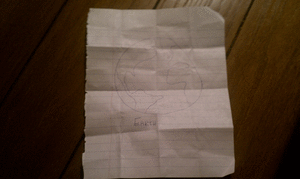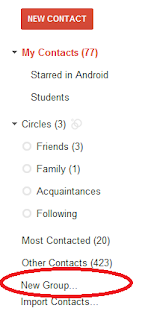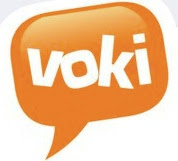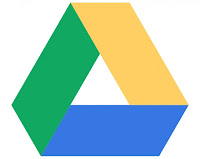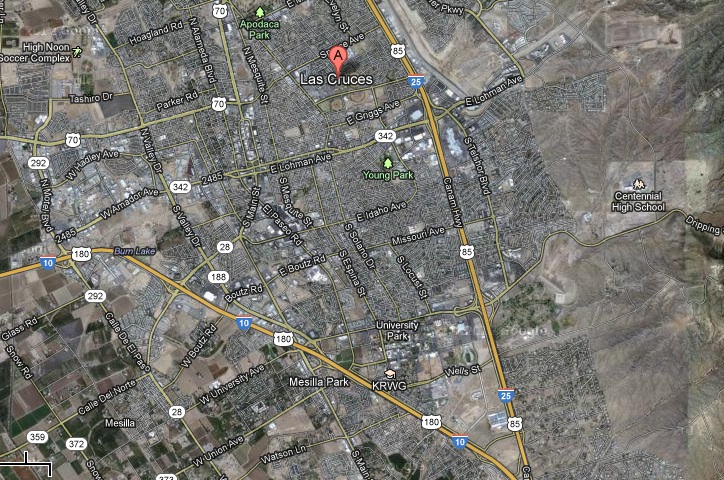 I started to think about the resources that I use year after year. So, I decided to include the PDSA (Plan-Do-Study-Act) files, as well as all the exams we utilize in the unit.
I started to think about the resources that I use year after year. So, I decided to include the PDSA (Plan-Do-Study-Act) files, as well as all the exams we utilize in the unit.This units is housed in one of my subject specific static pages (the math 9-week plans page), in a page titled 5th Grade Factors, Multiples, Multiplication, and Division Unit, but I will include the text of that page verbatim below. Thanks for viewing, I hope this is of some help:
This is a big moment in the short history of this blog. I finally was able to get my computers set up in my classroom, and download all of my PDSA files and math tests that are already put together. As always, I will provide you with these for free. If you'd like more information on PDSA, see my page titled What is PDSA?
Math instruction for Unit 1 is divided into three portions, factors & multiples, multiplication, and division. Each section has a test, except for the final section (in this case, division). To save time, we always include the last section on the unit final exam. My goal here is to provide you with the necessary documents, and some resources as well. I work with my colleagues to make the exams, and plan our instruction backwards from there. The backwards design approach ensures that we are teaching what needs to be taught in the most efficient manner possible. Let's get started:
Factors & Multiples
The factors & multiples unit is set by the PDSA for that cycle, and was planned using backwards design, beginning with the Unit 1.1 Factors & Multiples Exam. It is set to take 10 days to teach, with one day at the end for testing and discussion. When viewing the exam, you will see that the main concepts to be taught are factors, multiples, prime numbers, composite numbers, square numbers, and prime factorization. What follows are resources and ideas for teaching each concept:
- My blog already includes a post and a static page about factors & multiples. I don't want to completely re-hash those here, but there are five different computer based resources available there.
- Factor Trees: I start right from the beginning of the year teaching with factor trees. Here are some great factor tree resources:
- A short and simple pdf document explaining what factor trees are.
- Factor Tree Worksheet Builder: A good tool to make your own printable worksheets. You can customize the level of difficulty before making a pdf that you can save and/or print.
- Math Lines at Cool Math: I love played Zuma on Xbox Live (I'm kind of a video game nerd). This is Zuma with a twist. You can select a number, it defaults to 12. You have to shoot balls into other balls to make the product of the numbers 12. Very fun, good math practice.
Multiplication
Allow me to be a little more precise. This section of the unit on multiplication is 2x2 digit multiplication, as you can see in the PDSA file. Again, instruction was planned beginning with the Unit 1.2 Two by Two Digit Multiplication Exam. We have 7 days plus 1 day for testing to teach this portion of the unit. Here are resources for this section:
- Here are links to two sections on the great Worksheet Works worksheet building tool (see my post on this tool HERE). First there is a nice page with many options for teachers called Multi-Digit Multiplication Skills. I LOVE the variety of options available here. For your students who may be struggling with the standard algorithm, they also have Lattice and Grid worksheets. And before I forget, they have 2x2 digit multiplication word problems as well.
- My school uses FASTT Math (a computer tool purchased from Scholastic, kids enjoy learning multiplication facts by playing the games and earning different things). It's not cheap, but fear not, there are free alternatives out there with free teacher tracking. At Math Facts Pro, you can create an account and track student progress as they play simple math games, at Math Trainer, kids can play a neat challenging game with annoying music (that you can turn off), and finally Multiplication.com has some really fun and visually cool games that kids are sure to love.
- If you need more information on the lattice and grid methods, check out these videos:
LATTICE METHOD
GRID METHOD
Division
To be more specific, we're talking about 3 x 2 division problems. The PDSA will help guide instruction for this 8 days (with 1 day at the end for end of unit testing), as well as the End of Unit 1 Exam (I also have an English only copy), which includes the three by two division problems in it. For our data collection purposes, we collect data for this portion of the unit from the two division problems on the unit 1 exam for calculation in this PDSA cycle, and it also counts towards the end of unit 1 score. This "double dipping" serves us well, because we get the information we want, and do it in a timely, efficient manner. Here are the 5th grade division resources:
- Right back to Worksheet Works for their Multi-Digit Division Skills Worksheets.
- Kids Numbers Long Division Practice Interactive: The sounds are probably the most annoying thing I've ever heard, but that's easily fixed. It does offer some good practice for kids struggling with their long division.
- Fun 4 the Brain has numerous division games, including Flying High, my favorite of the bunch.
- Finally, I'll let Khan Academy explain the process of long division, using the Divide, Multiply, Subtract, Bring Down method:

